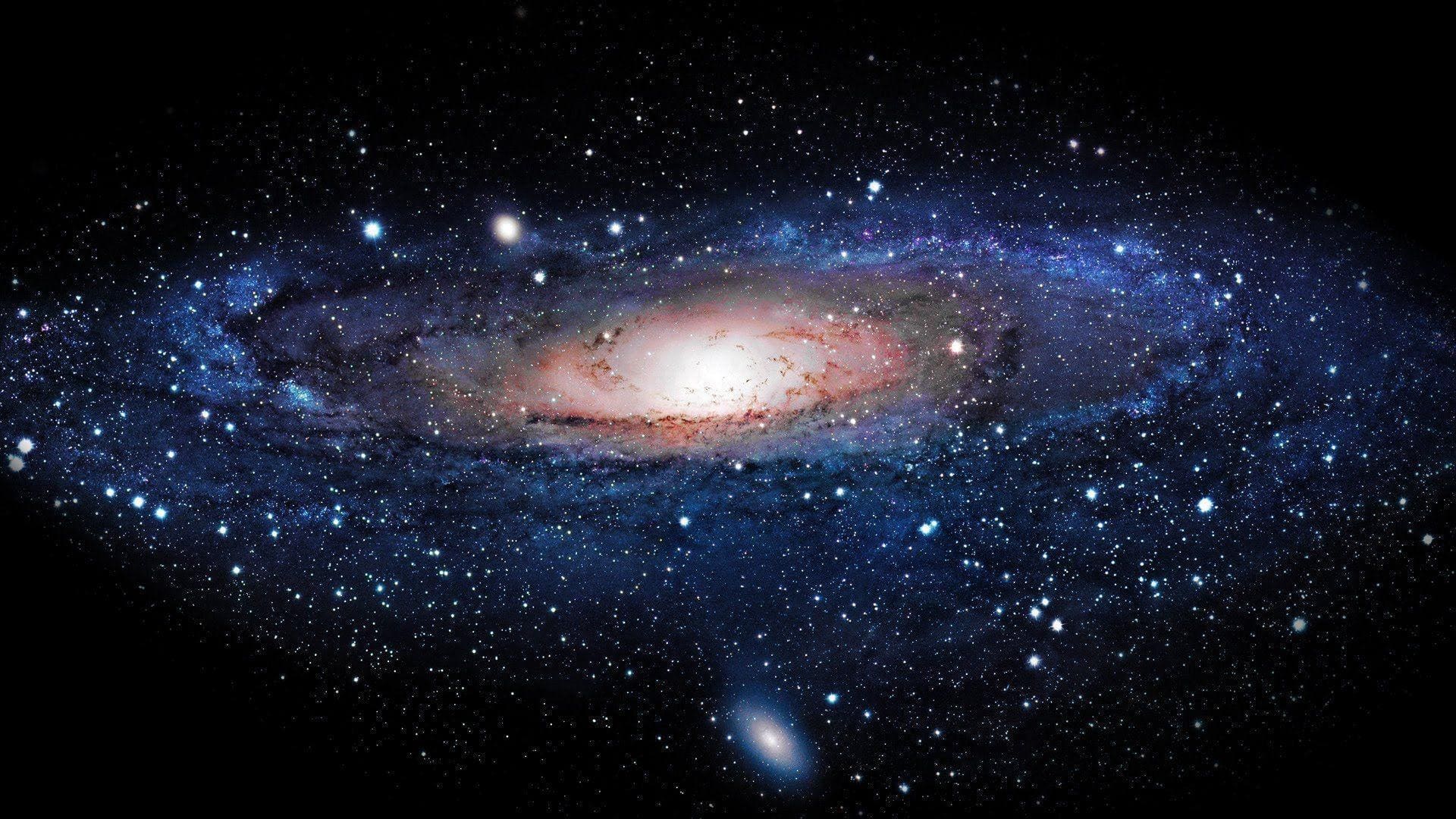
Gravity exists without mass? New theory challenges dark matter's existence
What's the story
A revolutionary study by Richard Lieu, a renowned professor of physics and astronomy at the University of Alabama in Huntsville (UAH), upends the centuries-old notion that gravity needs mass.
The new theory proposes that gravity can exist without mass, possibly eliminating the need for dark matter.
The research stemmed from Lieu's frustration over the absence of direct evidence for dark matter's existence in the last century.
Defects explained
Topological defects: A new source of gravity
Lieu proposes that "shell-like topological defects" could be the source of gravity needed to hold certain galaxies or clusters together.
These unique compact structures in space, with a high density of matter, are believed to have originated during phase transition in the early universe.
They may appear as long linear formations known as cosmic strings or flat shell-like shapes.
Defects' structure
Understanding the structure of topological defects
Lieu explains that the shells in his study consist of a thin inner layer of positive mass, and a thin outer layer of negative mass.
The total mass of both layers is exactly zero, but when a star lies on this shell it experiences a large gravitational force pulling it toward the center.
This is similar to how photons without mass still experience gravity due to the presence of large astronomical entities, as gravity warps space and time.
Illusion challenged
Challenging the illusion of dark matter
Lieu's theory also contradicts the idea of gravitational bending, a phenomenon where light bends while traveling along the spacetime curvature of a massive astronomical object.
This has long been seen as indirect evidence for mass and gravity's effect on an object.
But, Lieu says galaxies and clusters without visible mass are actually a series of shell-like topological defects that bend light noticeably when it passes through them.
Ongoing debate
Topological defects and the dark matter debate
Lieu admits it's still unclear what exact form of phase transition in the universe could lead to topological defects of this kind.
He also acknowledges his theory alone isn't enough to debunk the dark matter hypothesis.
However, he stresses it's the first proof that gravity can exist without mass, marking a major leap forward in our understanding of these fundamental forces.